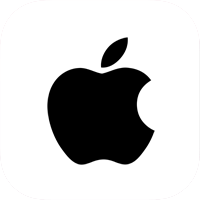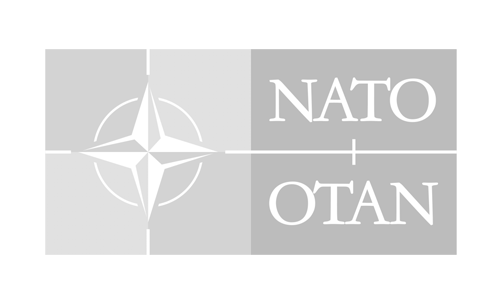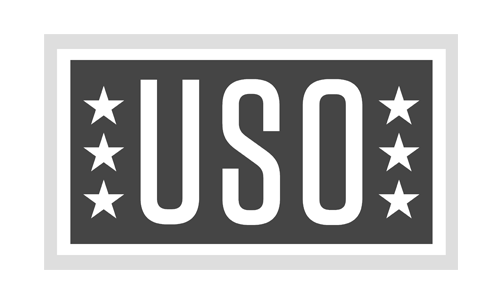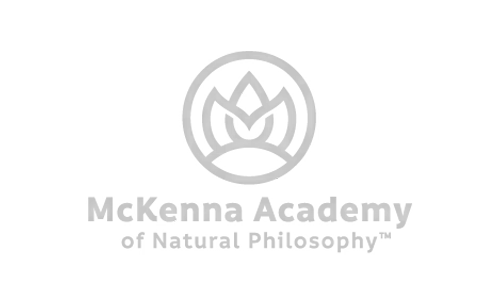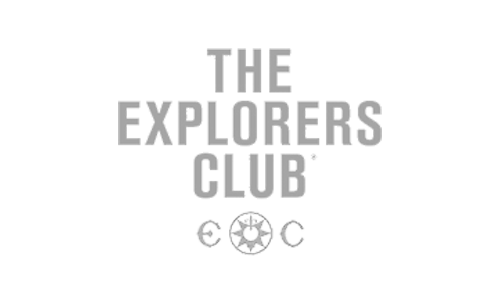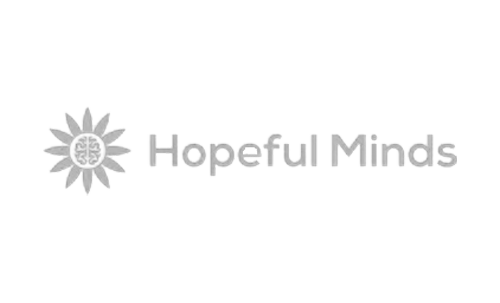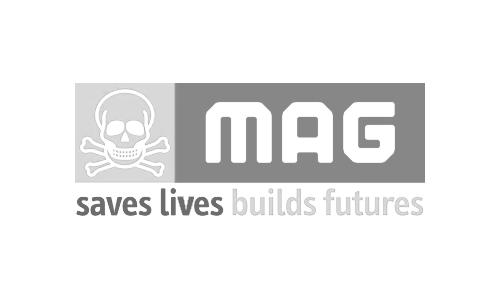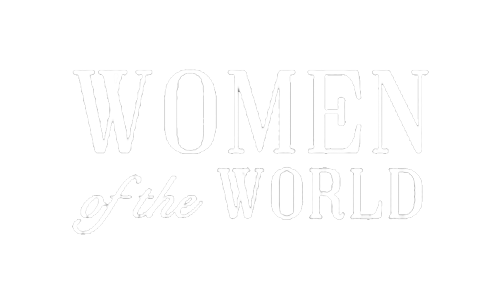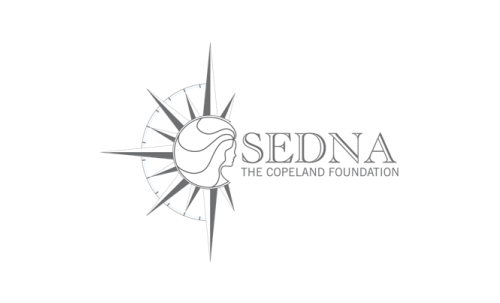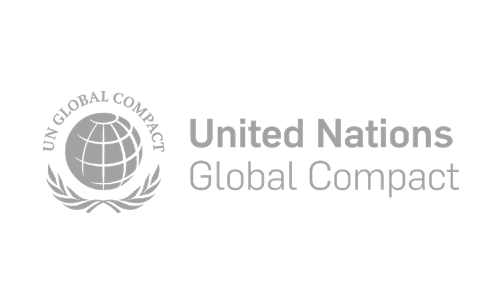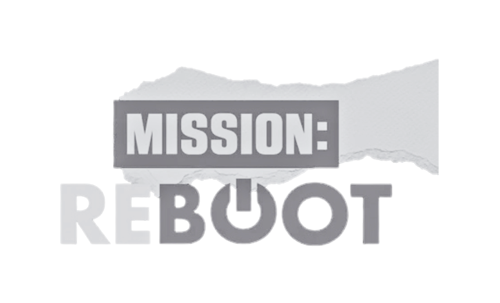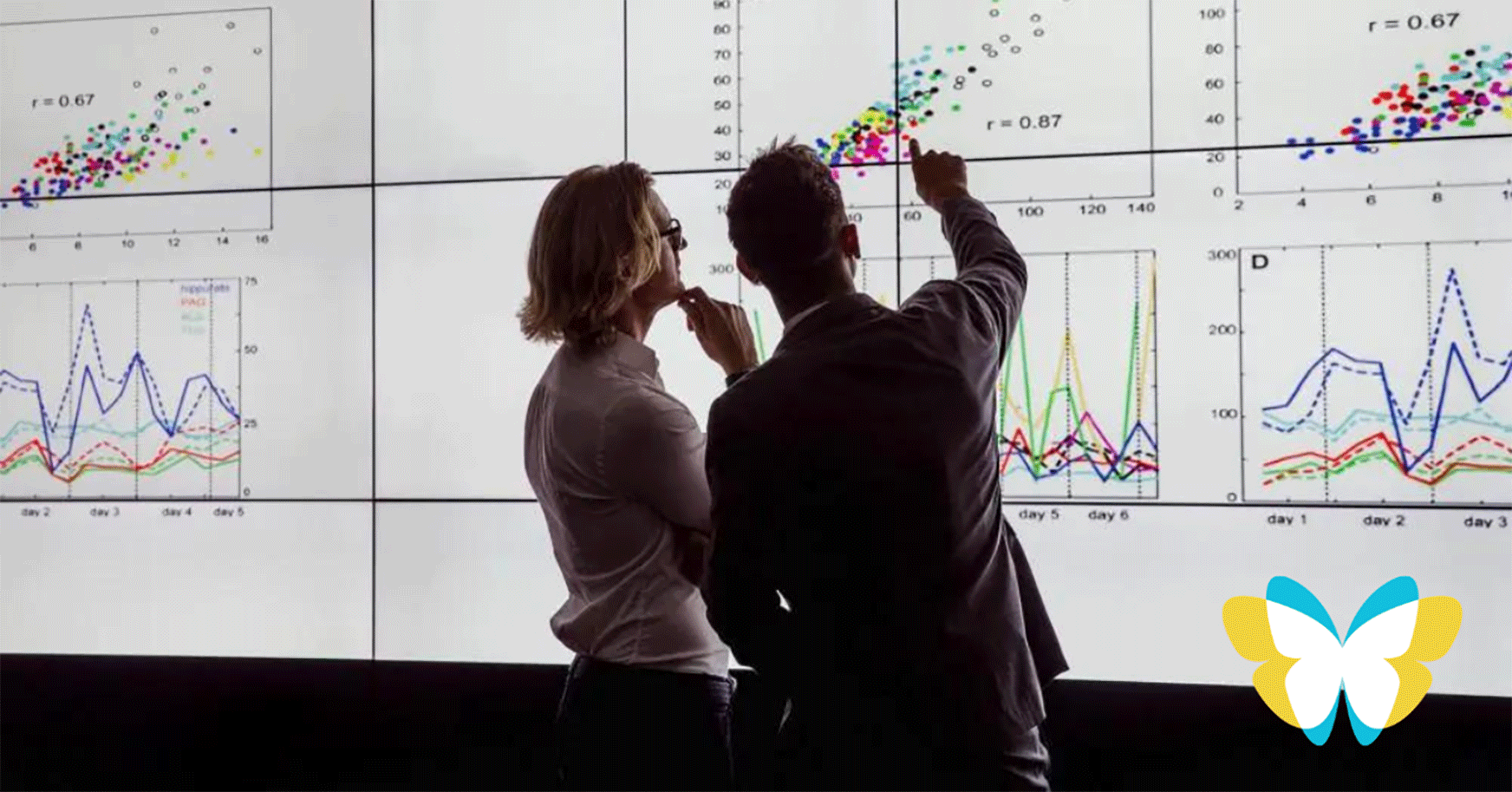
Want to Accelerate Scientific Breakthroughs? Reward Scientists for Disproving Their Own Theories
When Albert Einstein first published his theory of special relativity in 1905, it shook physicists’ understanding of the universe to its core. Suddenly, there was a new mathematical theory that disagreed with the prevailing view of the universe under Newtonian physics. Something would have to be done before the field could progress further.
While Einstein’s theory was earth shattering, it was the testing of his theory against the old Newtonian theory, in a process now known as adversarial collaboration, that would change the way we conduct science forever. Now, Templeton World Charity Foundation (TWCF) is putting this same principle at the center of its grantmaking around neuroscience and the study of consciousness.
By 1915, Einstein’s theory of general relativity was substantially fleshed out, but there continued to be a fundamental tension between the two cosmological views: Einstein’s theory introduced concepts such as spacetime and gravitational time dilation that were incompatible with Sir Isaac Newton’s theories, which had been dominate for over two centuries. Where Newton’s model indicated that light should always travel in a straight line, for instance, Einstein argued that gravity would warp the fabric of space and cause light to bend its trajectory.
Once World War I ended and Europe returned to a semblance of normalcy, it was clear that the field of physics would remain stalled until there was a definitive conclusion about which theory was correct. On May 29, 1919, the British astronomer Sir Arthur Eddington — working from an experimental framework developed two years earlier by Astronomer Royal of Britain Sir Frank Watson Dyson — tested the two theories against each other. The experiment, which looked at whether light from distant stars was bent by the gravitation of the sun during a solar eclipse, was designed to effectively eliminate either Newton’s or Einstein’s theory. In the end, Einstein won.
The importance of this cannot be overstated. On one level, it opened a myriad of new pathways for inquiry in the fields of physics and cosmology. But on another, it demonstrated how competing theories could be pitted against one another in an experimental framework to achieve scientific advancement...to keep reading this blog, please click here for the full post on The Templeton World Charity Foundation website.
TAGS: Templeton Universe, Stories of Impact, Stories of Impact Podcast
